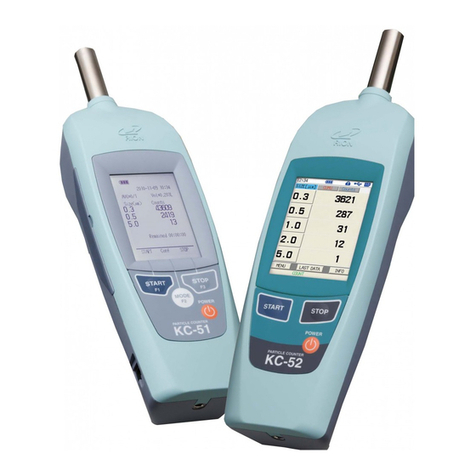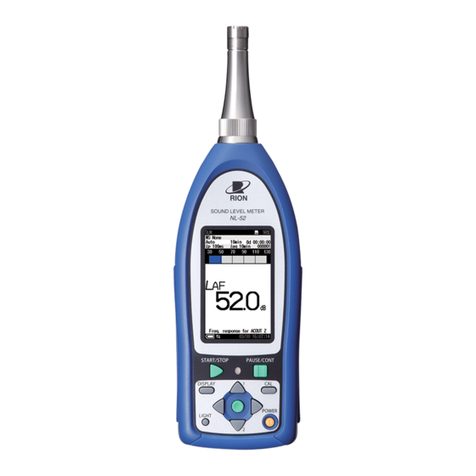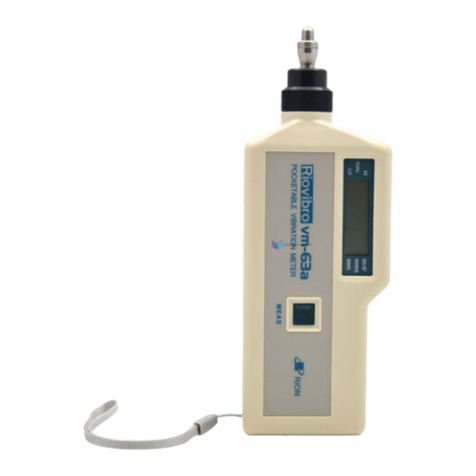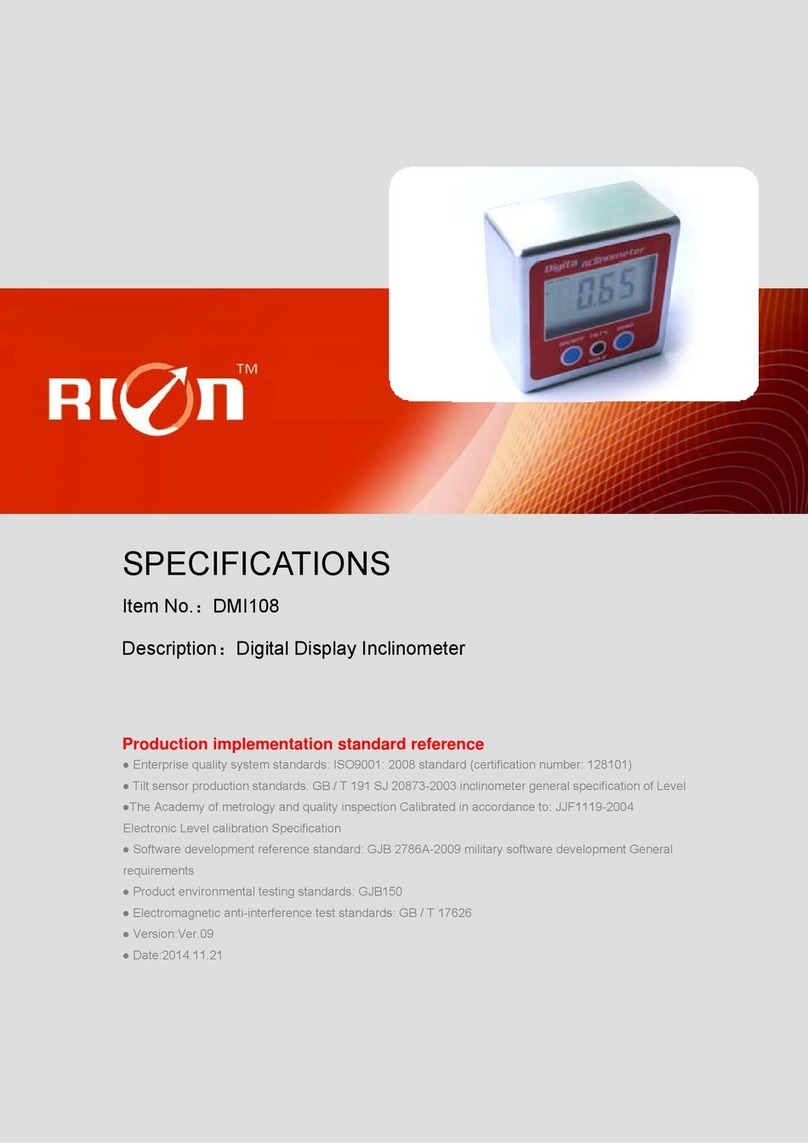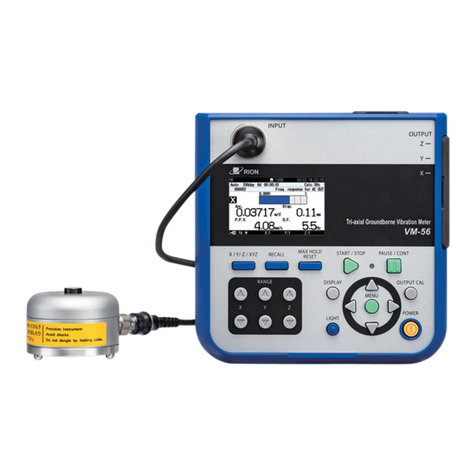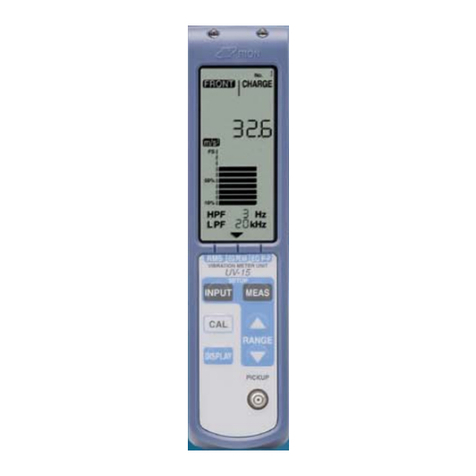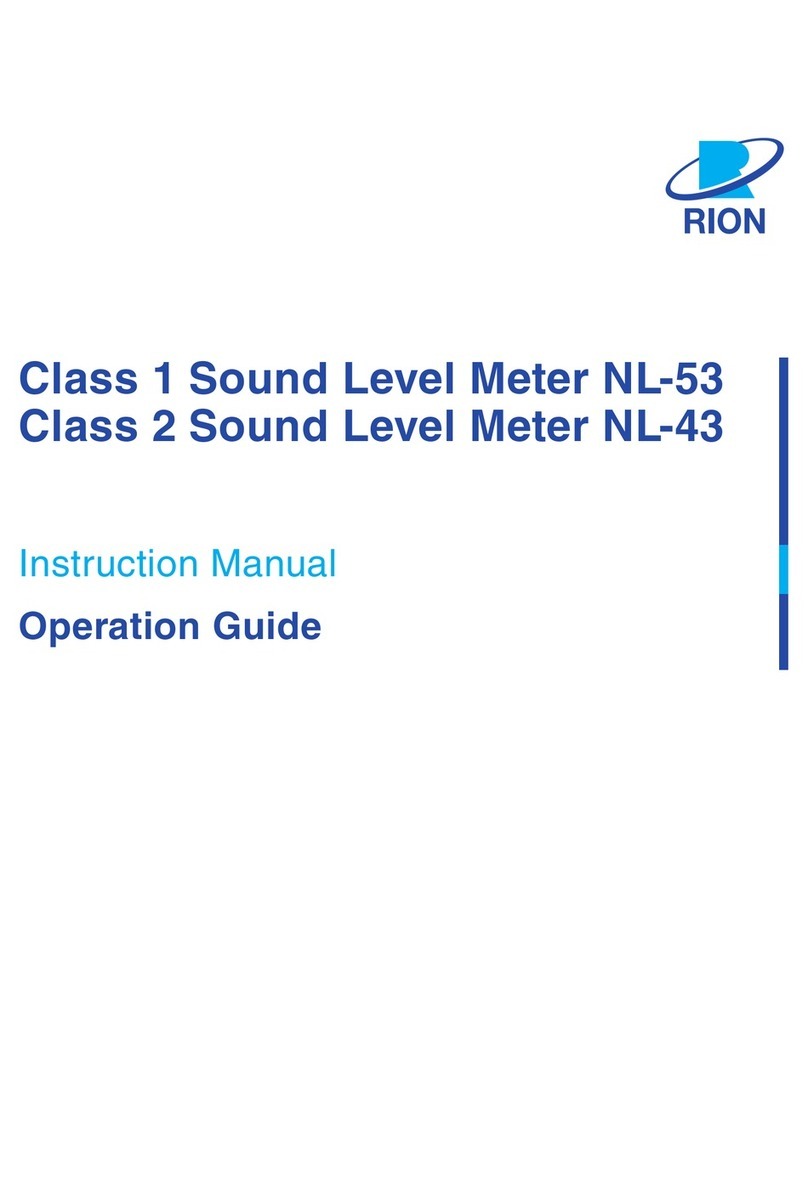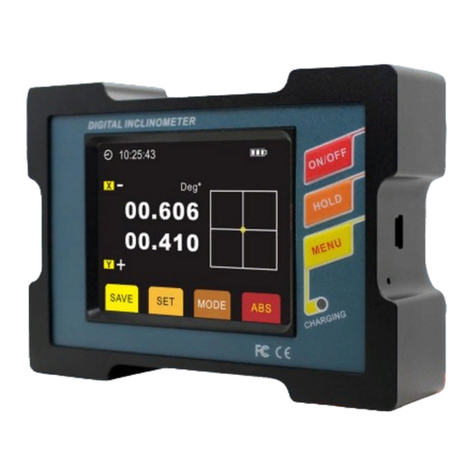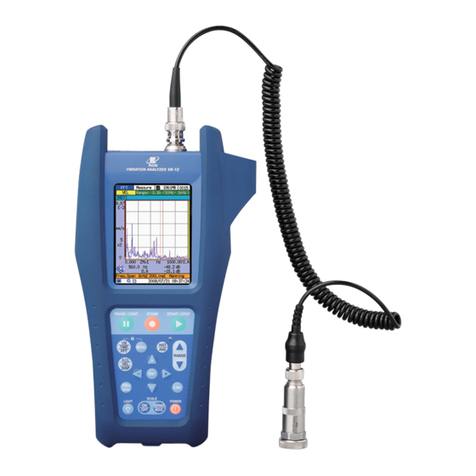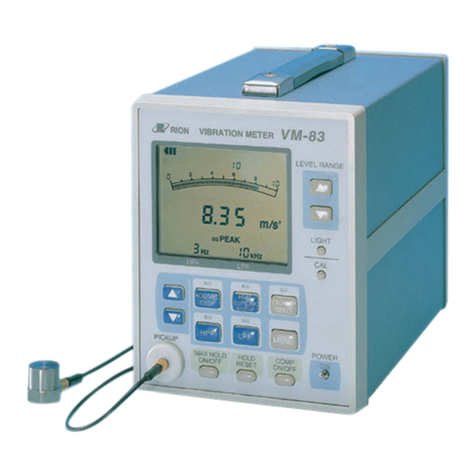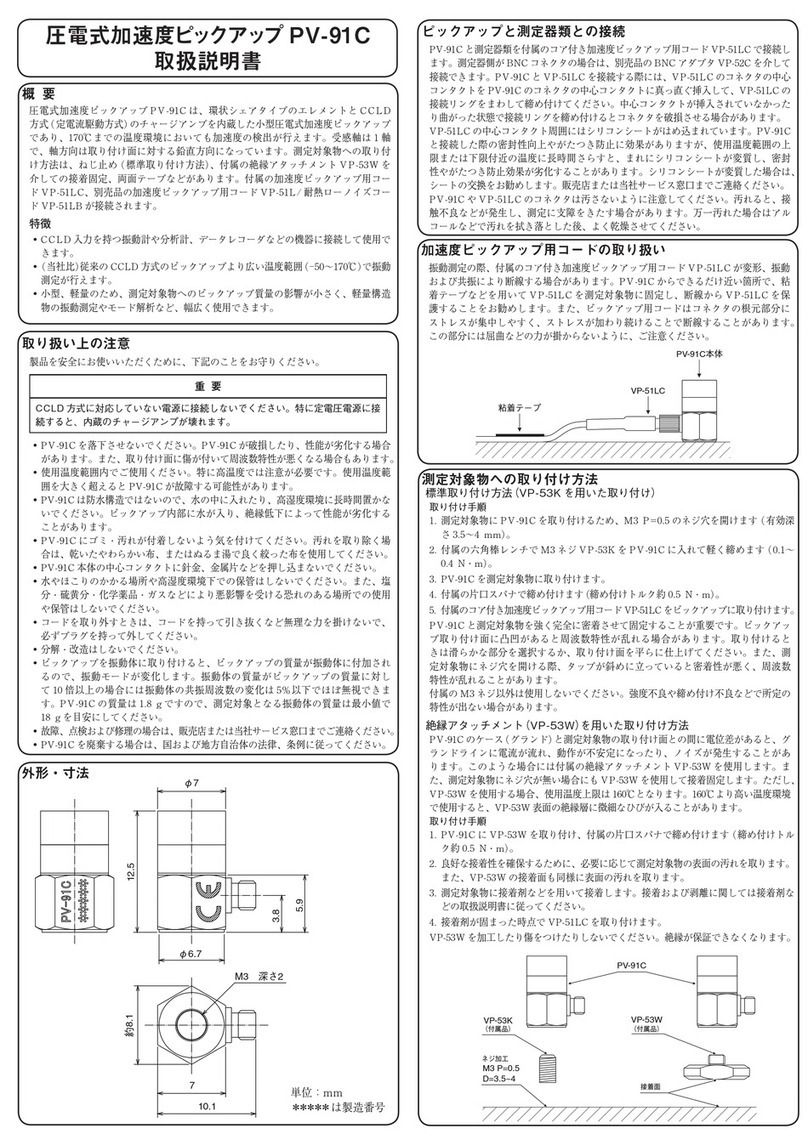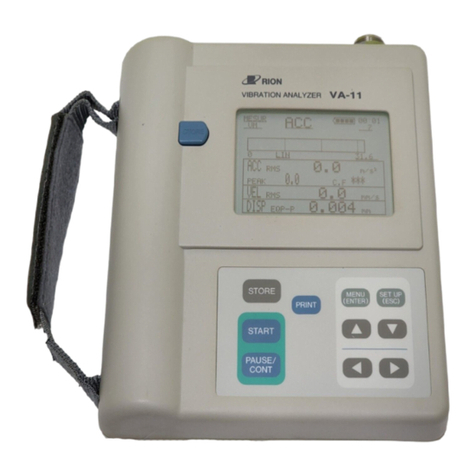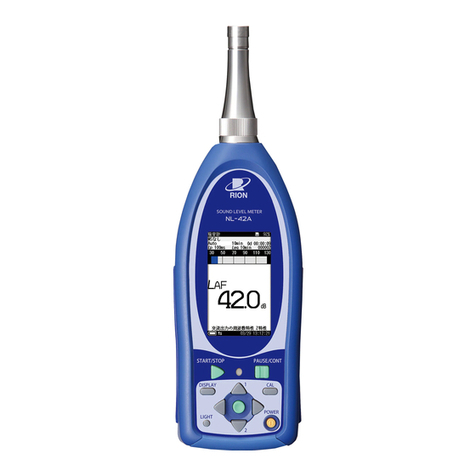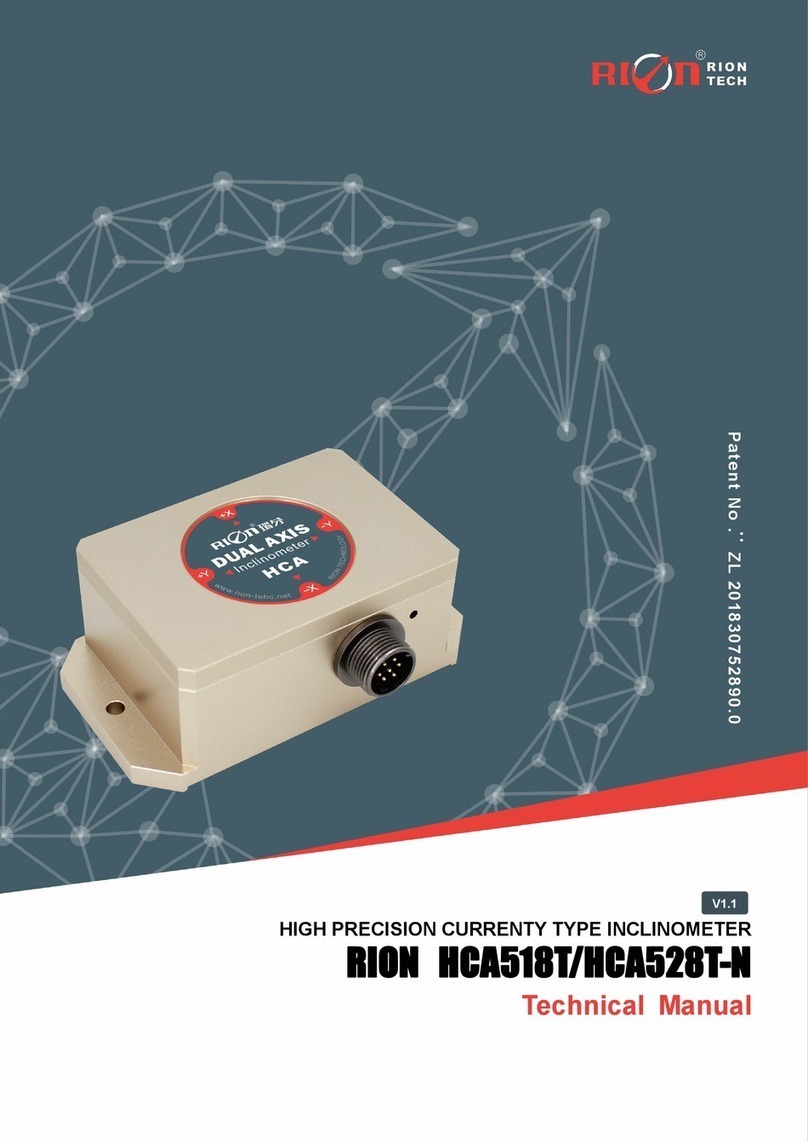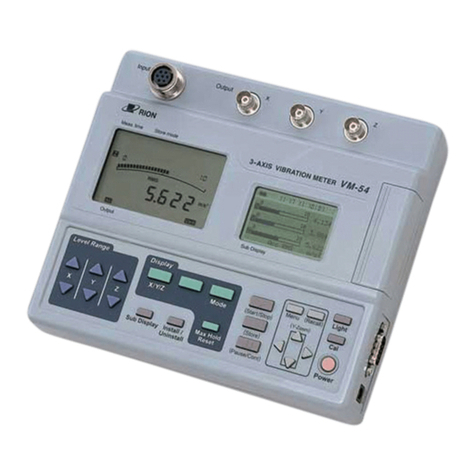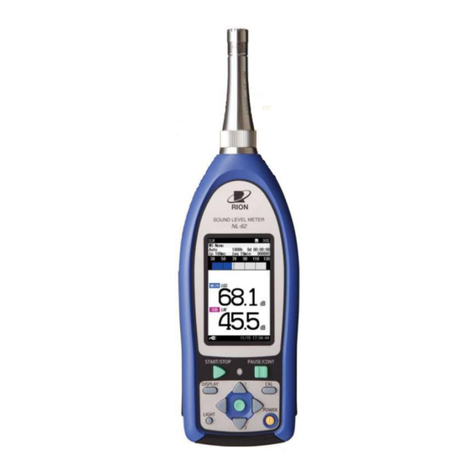
vi
Contents
FOR SAFETY............................................................................... iii
Outline............................................................................................1
Controls and Features......................................................................3
Front panel ................................................................................3
Rear panel .................................................................................5
Side panel .................................................................................7
Display .....................................................................................8
Preparations .................................................................................. 11
Power supply ........................................................................... 11
Inserting batteries ...................................................................11
AC adapter ..............................................................................12
Using the prop-up feet ............................................................13
Selecting an accelerometer ......................................................14
Connecting the accelerometer .................................................15
Setting the INPUT SELECT switch.........................................17
Accelerometer sensitivity calibration .....................................18
Measurement.................................................................................20
Power-on .................................................................................20
Measurement mode setting .....................................................21
Display characteristics setting .................................................22
High-pass lter setting ............................................................23
Low-pass lter setting .............................................................24
Level range setting ..................................................................25
Menu settings ..........................................................................27
Calibration ..............................................................................31
Maximum value hold ..............................................................33
Peak hold ................................................................................36
Comparator ...................................................................................38
Printer...........................................................................................43












